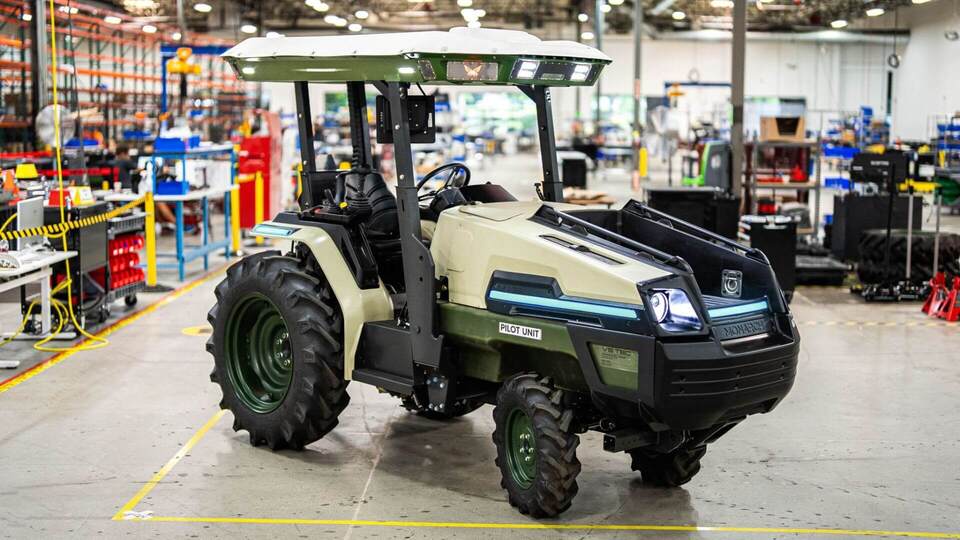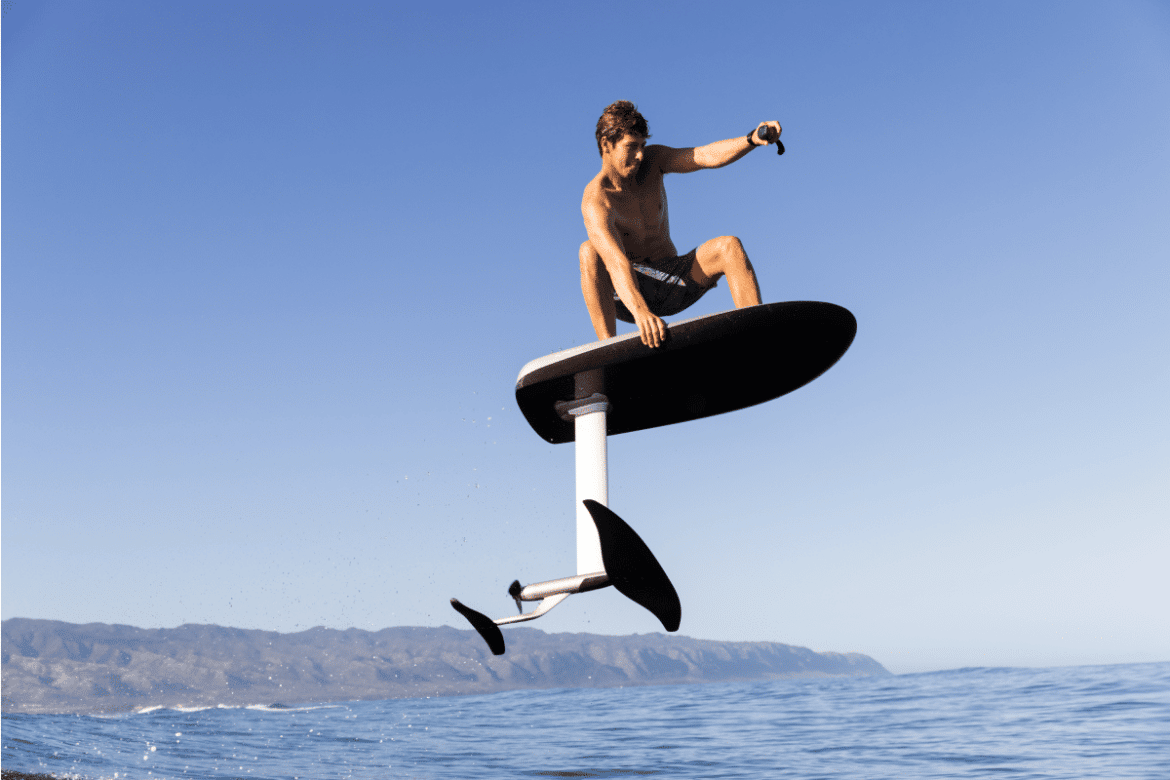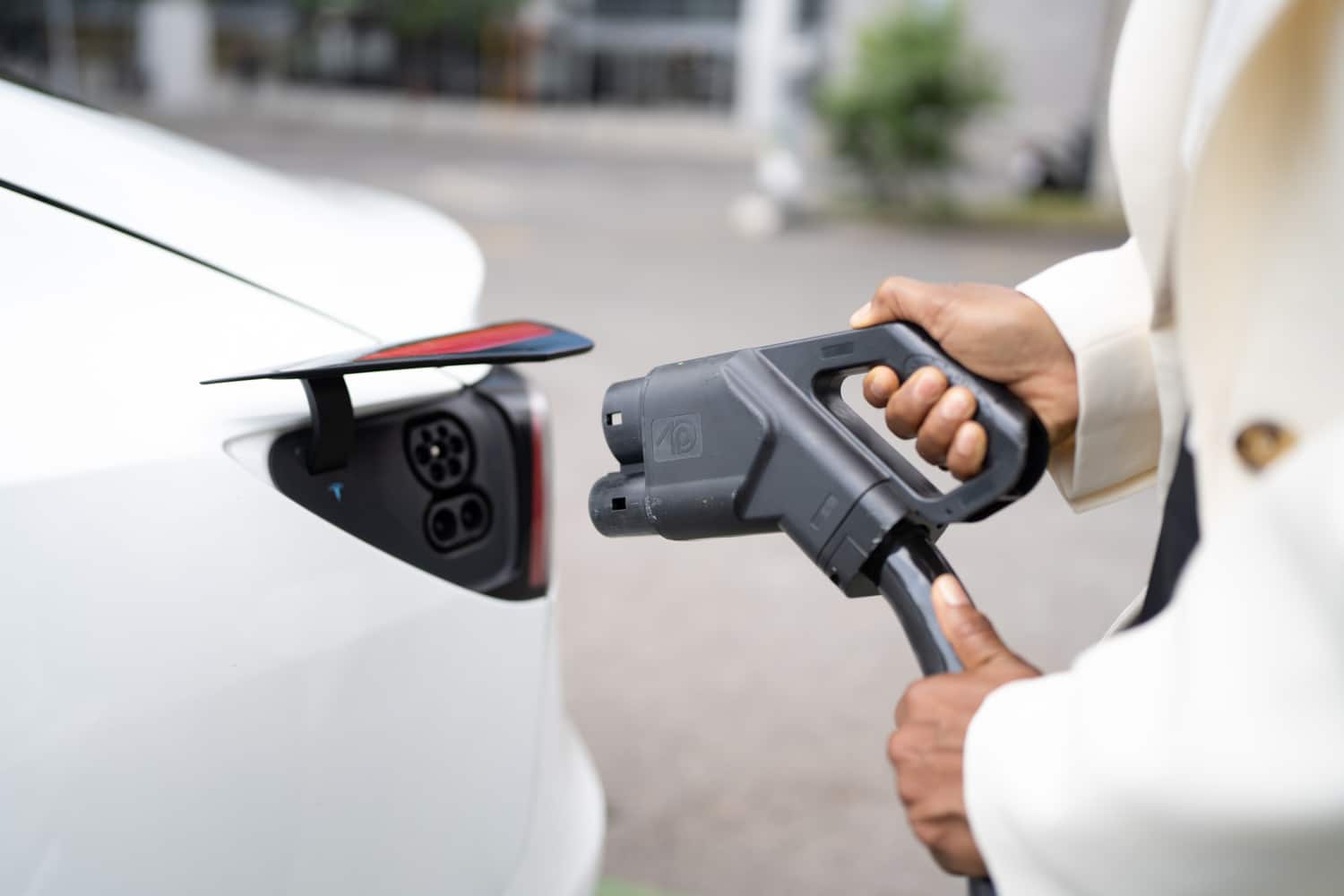Agriculture and surfing do not have much in common, but in the coming years something may bring two totally distant worlds closer together: we are talking about the growing market for electric tractors and electric surfing. What is it all about? Let’s try to understand a little more about it.
Electric tractors: a new way forward for agriculture?
How do electric tractors differ from conventional tractors? Quite simply, the main difference is in their power supply: instead of diesel, these vehicles are powered by one or more batteries. Furthermore, they have no exhaust pipes and tend to have the same power as classic agricultural vehicles (source).
To date, there are not many manufacturers of electric tractors, but early evidence has shown promising results on farms that have started using them, especially in the United States. In the coming years, electric tractors with more powerful motors (higher HP) and larger batteries will be available for farms that need more performance and longer range.
Almost all tractors available today connect to a 220-240 volt socket, which is often already present on farms. In daily use, recharging does not present a problem, in fact ‘classic’ tractors tend to be stored in the same position every day: just add the act of recharging and in a few hours you will have the vehicle ready for the next working day.
Versatile use
The battery life of these new-generation tractors can be up to 12 hours in the field. Several models also have the option of replacing the battery.
Other benefits include the almost total absence of tractor noise, which allows for easier communication between workers in the vicinity of the vehicle. Also from a maintenance point of view, the electric vehicle, being equipped with fewer components, should guarantee less activity (source).
In May 2022, Oregon State University carried out an interesting study on electric tractors and their possible convenience for farms, which you can find here.
And when will we see the first electric tractors in Italy? Several models are already available here, for all budgets, but the list of manufacturers is sure to grow.

Electric surfing: what it is and how it works
Electric surfboards are battery-powered boards that allow ‘moto-surfers’ to glide over any body of water at a certain speed.
They are equipped with an electric jet propulsion system activated by wireless remote control and therefore do not rely solely on wave energy to gain speed.
Although one might think we are dealing with a very recent discovery, the first ever electric surfboard was built in Australia in 1935. ‘Surf Scooter’, that was its name, was a motorised surfboard built to help lifeguards rescue swimmers in distress.
Over the following years there were many other initiatives to try and commercialise electric surfboards, but they rarely found favour with enthusiasts and the market. In recent years, however, with the boom in other electric vehicles, motorised surfing is also beginning to carve out its own space.
Most of the surfboards available today have a power rating of between 5 and 15 kW, which helps to ensure excellent stability and control. A motorised surfboard can reach speeds of up to 40 miles per hour (65 kilometres per hour).
Battery fun
Recharge time also varies, but the best electric surfboards can be fully recharged in 60-120 minutes, with a guaranteed range of several hours, again depending on average usage.
Almost all available models offer replaceable components and spare parts, including batteries, handles, triggers, fins, straps and other tool kits. A bit like scooters and other means of the new battery-powered mobility.
In Italy, real schools dedicated to electric surfing are springing up near seas or lakes, where it is possible to approach this new way of experiencing the water. Those who have tried these boards describe the sensation of using them as similar to that of riding a water bike.
And the cost? They are means, more or less, for all budgets, but can cost as much as 10,000 euros.









